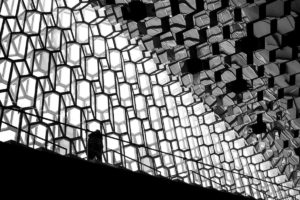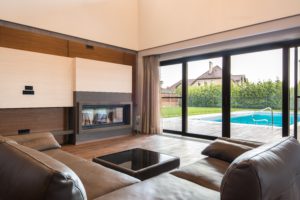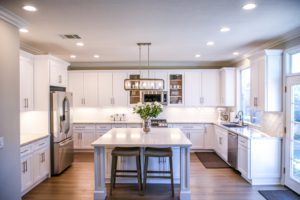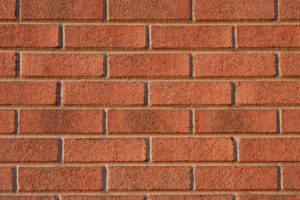Cladding your home the right way
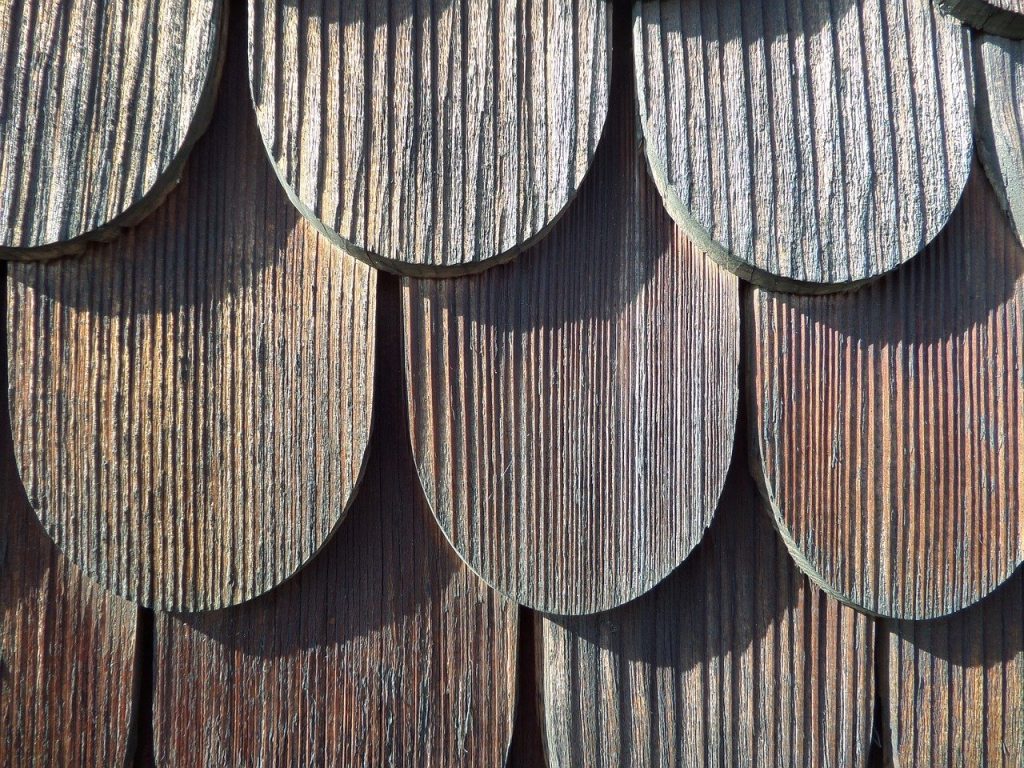
Thinking about cladding your home? Cladding can be overwhelming for some, and this is where this article helps to break down important facts and information for you.
What is House Cladding?
House cladding performs many functions. First of all, it works to protect the structural walls behind it from the elements such as temperature changes and moisture. Insulation can also be incorporated. House cladding can also improve the look of your home and create a modern look in an old home. The term house cladding mainly describes a facing material that is connected to the exterior of a home. If using stone cladding that will be fixed directly to the wall or nailed on to timber battens if you are going for timber cladding.
There are other factors that you need to take into consideration, such as the maintenance that you are happy to continue doing, your cost budget, whether you are completing the job yourself or hiring a company, etc.
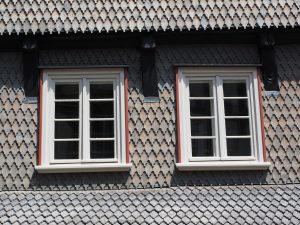
Here are your options for cladding materials:
• Brick
• Stone
• Render
• Timber
• Metal
• Flint
• Vertical tiling
• Porcelain tile
• PVCu
• Fibre cement
• Modern synthetic materials
What are the uses for cladding?
• It can be used to stop the rain and wind from entering the home or building
•Cladding, especially aluminium, can provide thermal and sound insulation and fire resistance
• It can be used to make the exterior look more attractive
Is cladding fire resistant?
The brick cladding has an excellent fire resistance level, and others like weatherboards and planks made from steel or cement have a high level of fire resistance. Materials such as reconstituted timber cladding products and aluminium have good fire resistance.
Timber weatherboards and plywood sheets are very poor for fire resistance and not recommended.
Are there issues with the aluminium composite cladding panels?
There is the risk of fire spreading fast upwards in a home or building if inappropriate materials have been used. Tha panels consisting of a core material like polyethylene and two aluminium faces. They will look different on the outside, but the inside materials are often different and can affect the fire resistance.
The panels that have a higher proportion of mineral core are able to handle fire better. However, they are still considered to be combustible.
Regulations
Cladding only has to meet the required minimum standards under the Building Code of Australia.
Using the right adhesive
When installing the cladding securely, you cannot just use any old adhesive. If you do most likely, the slats will detach themselves; you need to take care and only use a neutral non-cure adhesive. Don’t go mixing your adhesives; if you start with a particular one, then you need to stick with that same one for the whole project. Consider buying the glue in bulk, so if that type gets discontinued or sold out, you can still finish the job. When you apply it, work with a coin-sized amount and find a colour that is close to the type of cladding you are using as possible. The adhesive will need to cure for about 21 days before you go ahead and apply the cladding.
Cladding is a fun and exciting job, with the chance to enhance the look of your home with some simple cladding in many different materials. Ensure you do your research and work out the best type of cladding to suit your needs.
